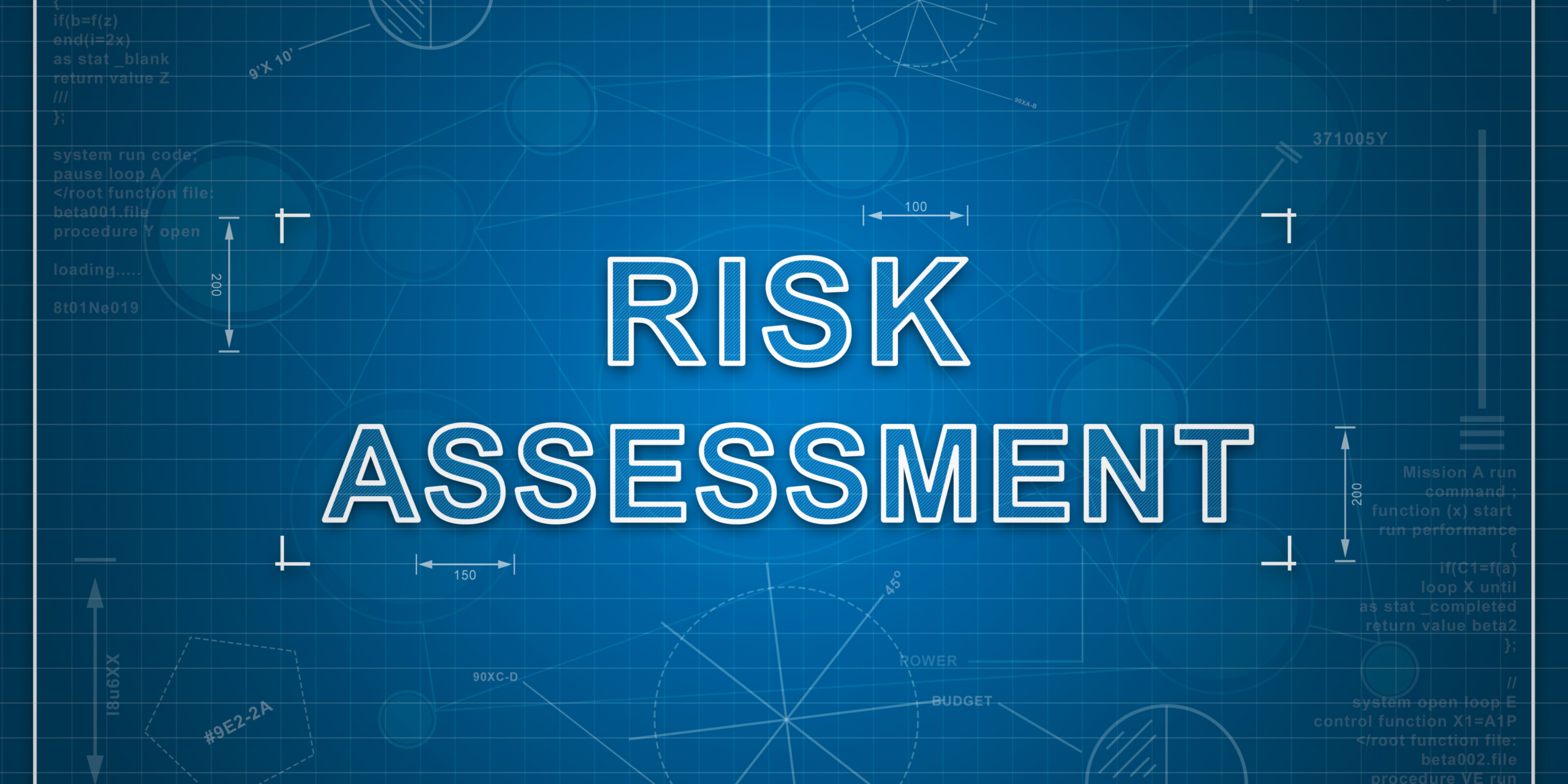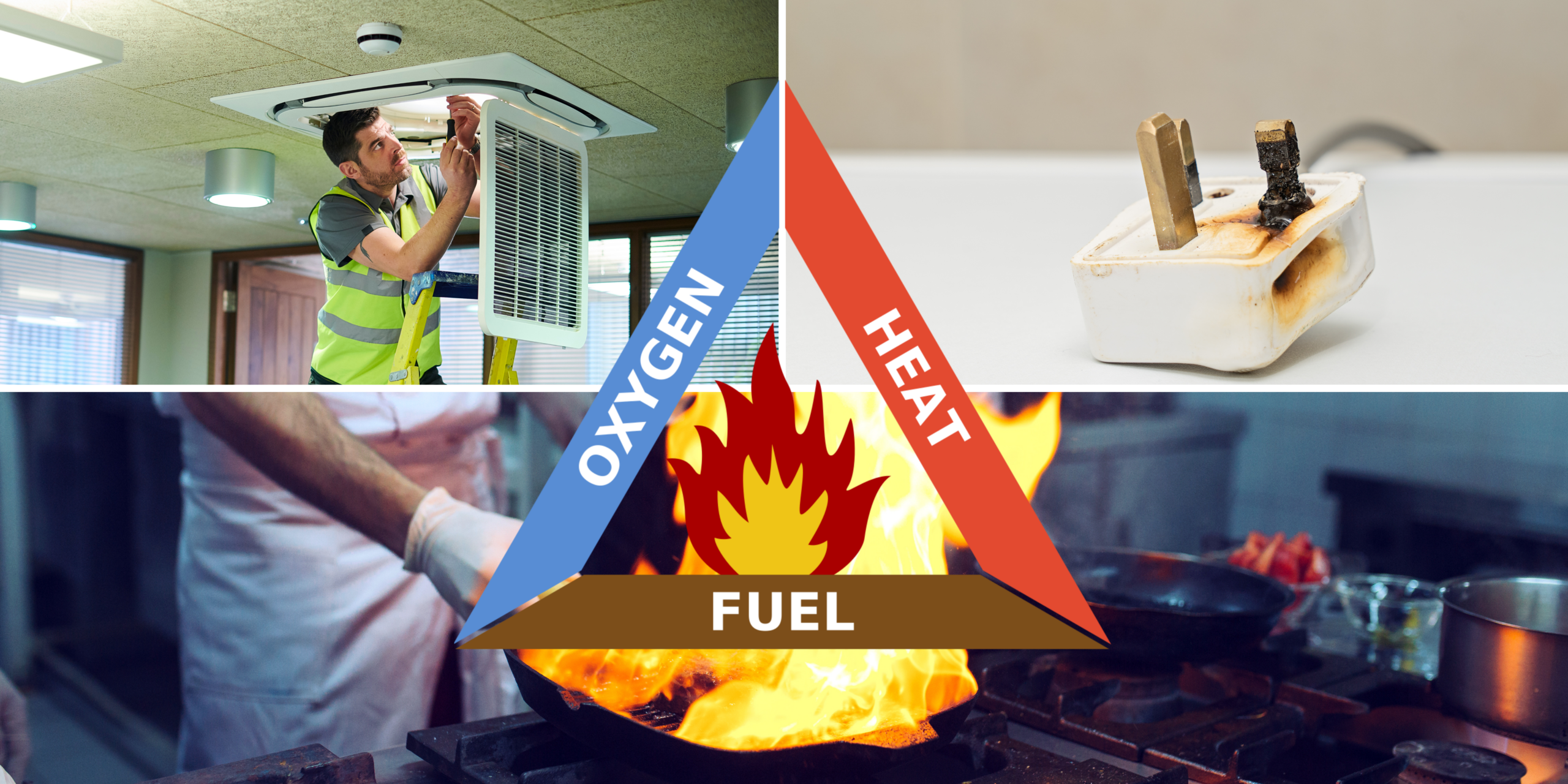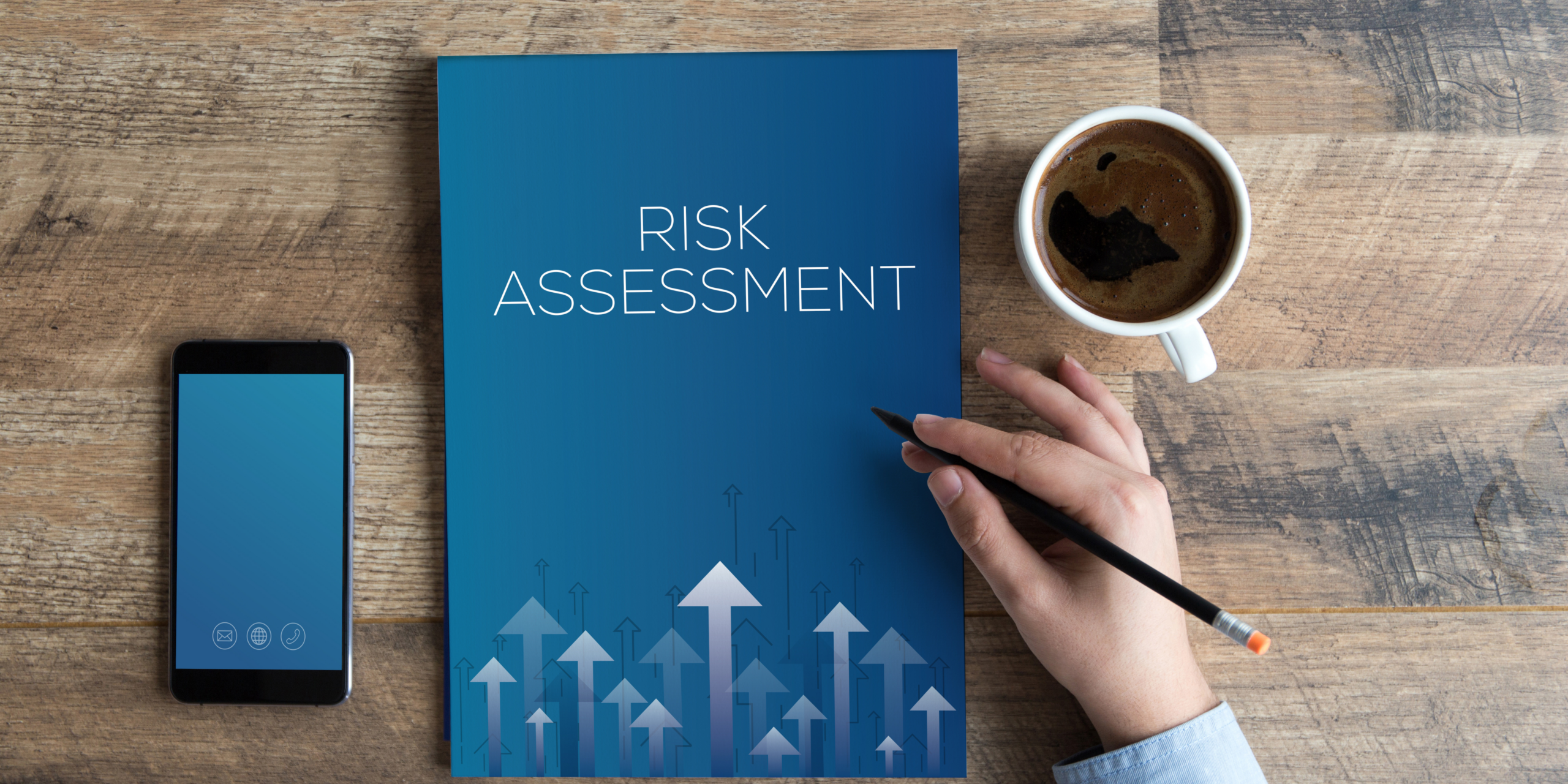As a responsible person, embarking on a journey to understand commercial fire safety is crucial. In this comprehensive blog, we unravel the complexities of a Fire Risk Assessment. After all, Fire Risk Assessment steps lie at the heart of all fire safety.
We understand that navigating the five core Fire Risk Assessment steps can be daunting. But fear not, we’re here to simplify the process for you.
The Five Fire Risk Assessment Steps
In total, a Fire Risk Assessment has five key steps. When taking the first steps to identify any commercial fire safety shortfalls, you must conduct a Fire Risk Assessment. Specifically, this will outline your fire hazards and the people at risk if a fire were to break out.
Undoubtedly, it’s important to understand the crucial Fire Risk Assessment steps. These five structured Fire Risk Assessment steps not only mitigate potential dangers but also pave the way for a secure environment.
- Step 1: Identifying Fire Hazards.
- Step 2: Identifying People at Risk.
- Step 3: Evaluate, Remove and Reduce Risks.
- Step 4: Record, Plan, Inform and Instruct.
- Step 5: Review and Update.
In the United Kingdom, ensuring the safety of your occupants is a paramount concern. A robust Fire Risk Assessment (FRA) serves as a cornerstone in safeguarding lives and property against the devastating impacts of fire.

Step 1: Identifying Fire Hazards
Potential fire safety threats are everywhere. At the core of any Fire Risk Assessment lies the crucial task of recognising fire hazards. For example, sources of ignition. This first Fire Risk Assessment step also involves a meticulous examination of your commercial surroundings. By comprehensively identifying fire hazards, we lay the foundation for a robust safety strategy.
Ignition Sources:
Pinpoint any sources of ignition that could spark a fire. For example, a naked flame, heating system, cooking appliance or smoking area.
Sources of Fuel:
Secondly, identify materials within the premises that are combustible. This will range from flammable liquids and gases to combustible storage materials, furniture or office supplies. Common sources include waste, paper, textiles and flammable liquids.
Sources of Oxygen:
A core element of the fire triangle is oxygen. During this inspection we are looking for sources of oxygen including air conditioning units or oxygen supplies.
When carrying out the 5 steps of a fire risk assessment you will need to identify all fire hazards. There are three key elements that form the fire triangle.
It is impossible to remove all the heat, fuel and oxygen in a workplace. However, we can drastically reduce the chances of a fire. The fire triangle needs all three elements to exist. By ensuring heat is kept separate from combustibles, where appropriate, we can reduce the risk of a fire.

Step 2: Identifying People at Risk
Fire safety extends beyond physical spaces. We must now encompass the people within. This second step recognises the individuals who are vulnerable in the event of a fire. In fact, consideration is given to both occupants and visitors. We are ensuring a comprehensive understanding of potential risks and the development of tailored safety measures.
Who is at risk?
During a Fire Risk Assessment, various individuals or groups may be deemed at risk. This is depending on their:
- Proximity to potential fire hazards.
- Their ability to evacuate safely.
- Specific vulnerabilities they may have.
Here are some of the groups of people at risk:
- Parents with small children or babies.
- Elderly people.
- External contractors.
- Temporary staff.
- Anyone who could be asleep on the premises.
- Large groups.
- Children.
- People unfamiliar with the layout.
- People exposed to specific fire risks.
- Anyone with disabilities including impaired sight, hearing or mobility.
- People working alone in isolated areas including store rooms or roof spaces.
We need to identify all individuals who are vulnerable. We must take into account various factors such as occupancy, building layout and specific activities carried out within the space. This stage is crucial for developing a thorough understanding of potential risks.

Step 3: Evaluate, Remove, Control and Reduce Risks
When you’ve finished the risk assessment process, your next step is to take action. You’ll want to identify and remove or reduce the risks that were identified in your assessment. Use the appropriate equipment and follow the right procedures for each situation to keep yourself and others safe from fire hazards.
Determine the risk of a fire occurring by categorising them into Low, Medium and High risks. Once the risk is determined, pair it with a potential consequence of the fire.
- Low Risk – Hardly any fire risk. Very few combustible materials, no obvious sources of heat and no highly flammable substances.
- Medium Risk – Combustible materials and sources of heat are present, however, these are confined into a space that spreads slowly.
- High Risk – Serious risk to life. Highly flammable substances with rapid spread of fire, heat or smoke.
Pair it with a consequence:
- Slight Harm – The outbreak of a fire is unlikely to result in a serious injury.
- Moderate Harm – The outbreak of fire could result in an injury of one or more injuries, however, unlikely to be fatal.
- Extreme Harm – The outbreak of fire would likely cause serious injury or death.
3. Act – Remove/Lower the Risk
The more you practice this Fire Risk Assessment step, the more efficient it will become for you. With enough repetition, conducting a fire risk assessment can become second nature!
You may also want to make use of a checklist or template while conducting your own assessments. These tools can help ensure that all Fire Risk Assessment steps have been met before moving on in the process or taking any actions toward mitigating risks identified during an evaluation session.

Step 4: Record, Plan, Inform, Instruct
After you’ve completed the initial Fire Risk Assessment steps, it’s important to make sure you record your findings and implement them. It is also vital that you are consistent in your implementation. This is so that no problems arise from not following through with the recommendations made during the assessment.
Record details of the fire hazards you’ve identified and the preventative measures you’ve put in place to remove or reduce fire risks.
- Record the identified fire hazards.
- Record the actions you have taken to reduce the chances of a fire.
- Record the persons who may be at risk.
- Record the actions you have taken to remove those risks.
- Make an emergency plan.
- Provide training.

Step 5: Review and Update
You should review your assessment and update it if necessary.
Fire Risk Assessments should be reviewed at regular intervals e.g. annually, or every time there is a change in the building’s use, occupancy or physical features. Also review your Fire Risk Assessment steps after any incident or accident involving fire or smoke to ensure that any lessons learned from those events are incorporated into your next revision of the document.
- Changes to work processes including new equipment.
- Alterations to the building.
- Records of testing, maintenance and training.
- Consider potential risks if significant changes.
This concludes the Fire Risk Assessment steps.
Additional Workplace Tips:
Fire safety is a priority and there are ways to assess it. If you discover a fire hazard, there are ways to fix it. Fire Risk Assessments can be done by either trained professionals or non-professionals alike. It all depends on your needs and the amount of time you have available.
- Keep the workspace tidy.
- Test equipment for faults.
- Educate staff.
- Safe storage of flammable liquids and gases.
- Safe storage of chemicals.
- Dispose of workplace waste and dust correctly.
Following these five steps can help companies and individuals to protect themselves, their people and their property from a fire. There is no excuse for not having a fire risk assessment carried out when these assessments are so easy to implement and document. If you require any advice or help with your own fire risk assessment, then please contact us today. We would be happy to help you take the first steps toward ensuring your business is safe from fire.
Conclusion
Fire Risk Assessments steps are a very important part of the evaluation process and it is also one of the most complicated parts. If you are conducting an assessment for the first time or have never been trained in how to do so, make sure that you have all the resources necessary to help you get through it correctly. If you are looking for a Fire Risk Assessment or other services related to fire safety, contact us today! We are a full-service fire safety company that can help you with all of your needs. We offer fire protection services and products, facility inspections, Fire Risk Assessments and training.